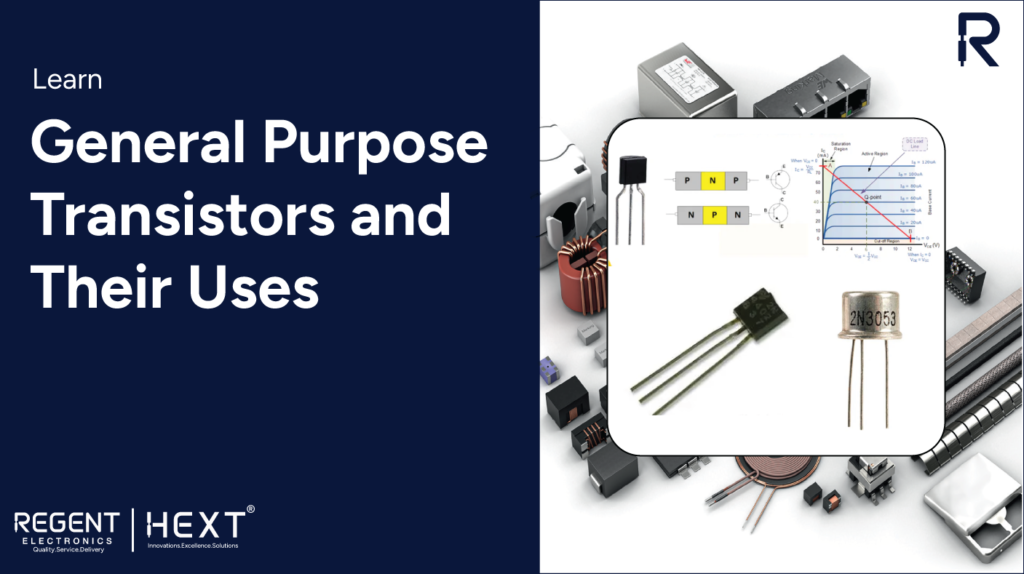
General Purpose Transistors: A Vital Component for Electronics
Transistors are integral components in the design and functioning of modern electronic circuits. From simple relay drivers to complex microprocessor systems, transistors play a vital role in amplifying and switching electronic signals. These devices are found in nearly every electronic gadget today, from household appliances to advanced computers. Microcontrollers and microprocessors, in fact, are collections of many transistors working together for complex operations.
A transistor is a semiconductor device with three terminals used to amplify or switch electronic signals. They are classified into Bipolar Junction Transistors (BJT) and Field-Effect Transistors (FET), both of which have applications in a wide array of electronic gadgets such as radios, televisions, computers, and calculators.
Types of Transistors
Bipolar Junction Transistor (BJT)

A BJT is a current-controlled device with three terminals: Emitter, Base, and Collector. The current flowing between the emitter and collector is controlled by the current at the base terminal. BJTs are built with three layers of semiconductor material: for PNP transistors, the layers are two P-type and one N-type, while for NPN transistors, the layers are two N-type and one P-type.
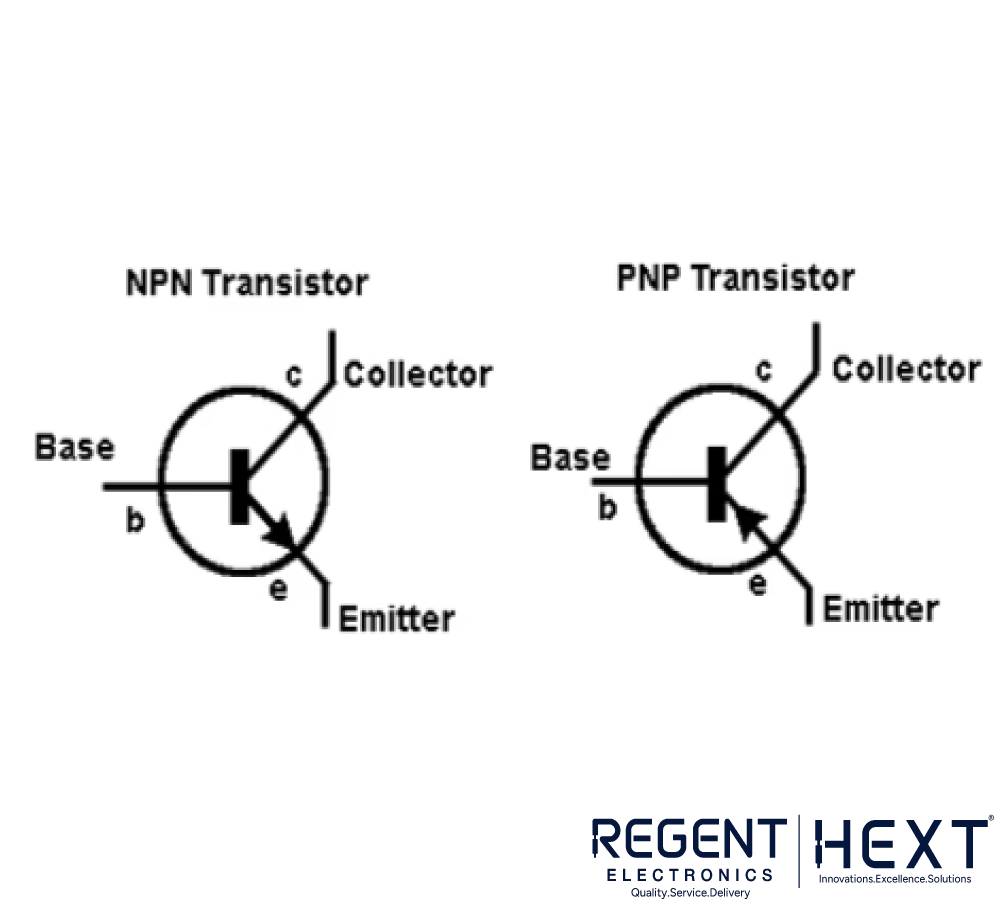
BJT Symbol: The difference between PNP and NPN transistor symbols is the direction of the arrow at the emitter terminal. For PNP transistors, the arrow points towards the base, signifying current flow from the emitter to the base. Conversely, for NPN transistors, the arrow points away from the base, indicating current flow from the base to the emitter.
Field-Effect Transistor (FET)
An FET, commonly a MOSFET (Metal-Oxide-Semiconductor Field-Effect Transistor), operates differently from BJTs. It consists of three terminals: Gate, Source, and Drain. The gate controls the flow of current between the source and the drain by affecting the conductive channel. FETs are ideal for switching and amplification in many modern electronics.

FET Symbol: The symbol of an FET shows the Source (S), Drain (D), and Gate (G) terminals, which are crucial in controlling the current flow through the channel.
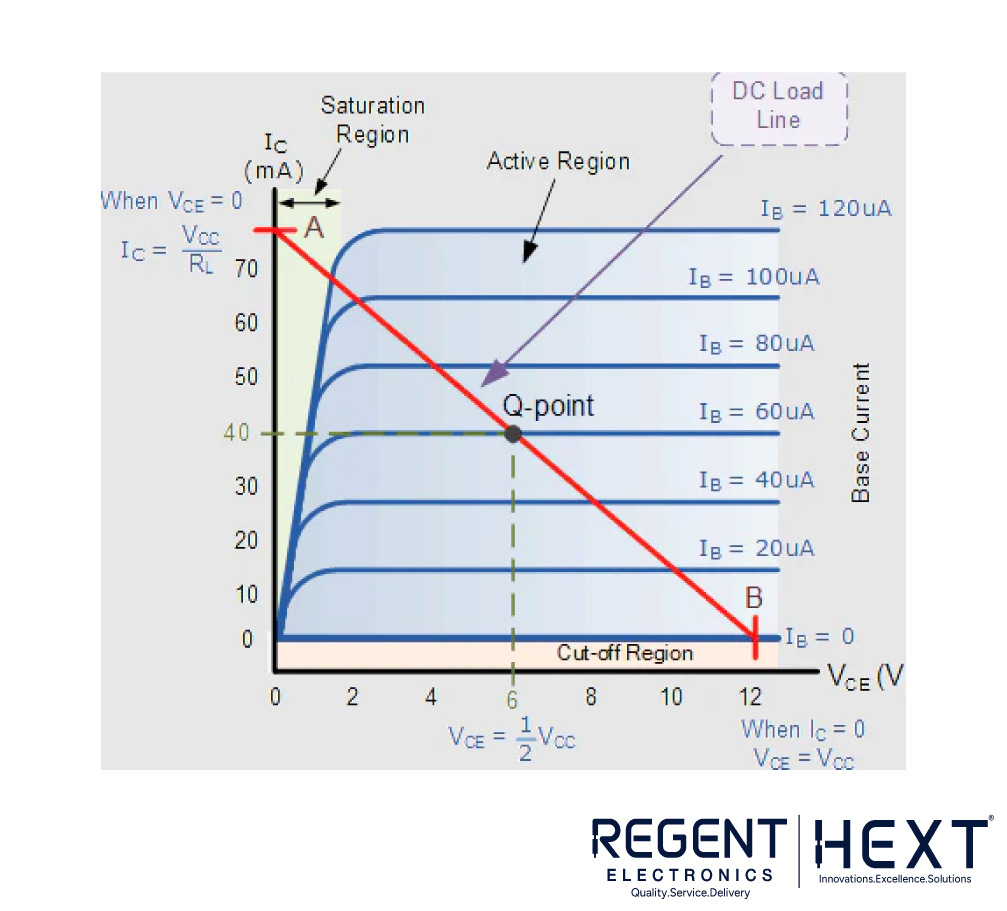
Applications of General Purpose Transistors
General-purpose transistors, typically silicon-based, are most commonly used in low-power applications like signal processing and amplification. They are often found in audio amplifiers, TV signal processing circuits, and hi-fi amplifier driver stages. Their versatility also makes them suitable for use in relay drivers, switching applications, and signal conditioning circuits.
Popular General Purpose Transistors
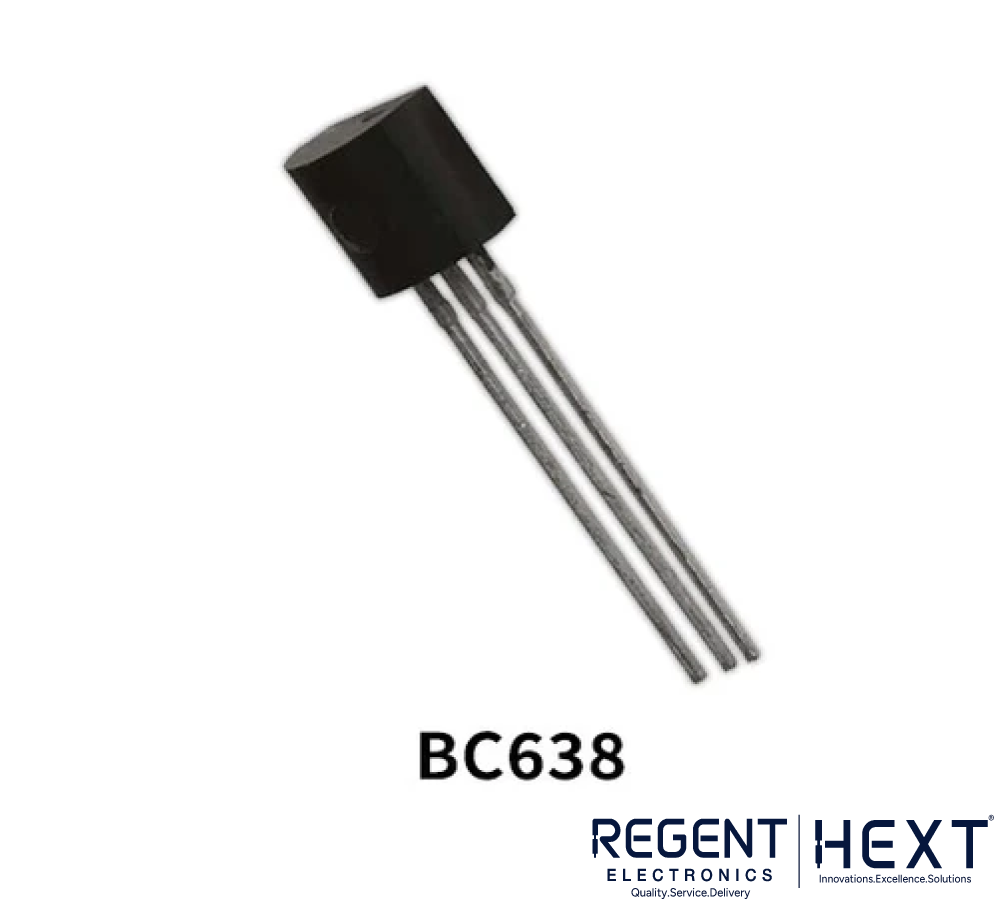

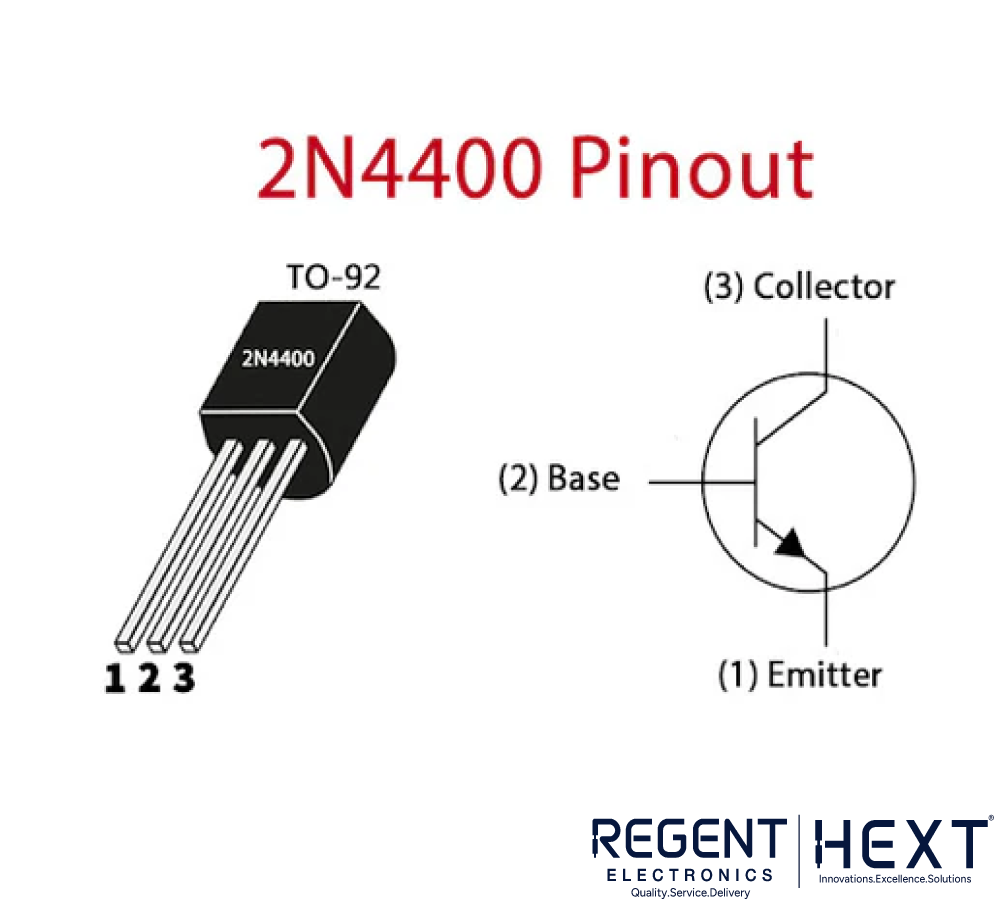
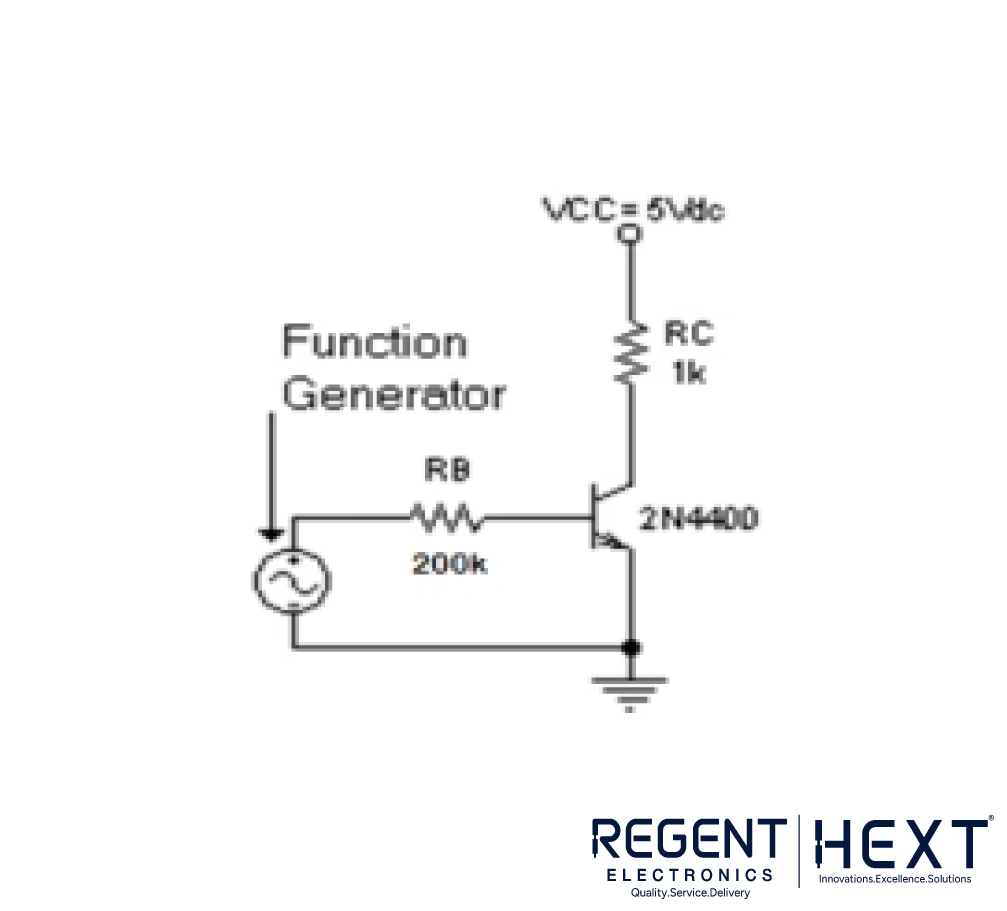
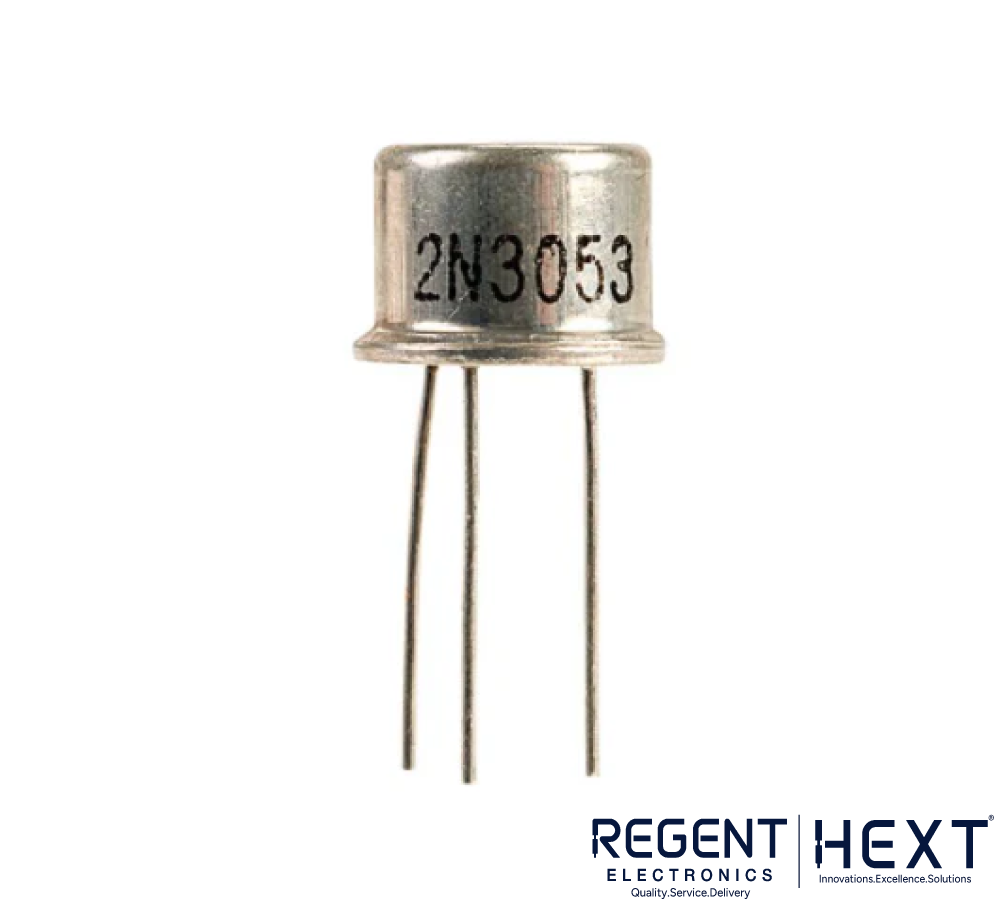
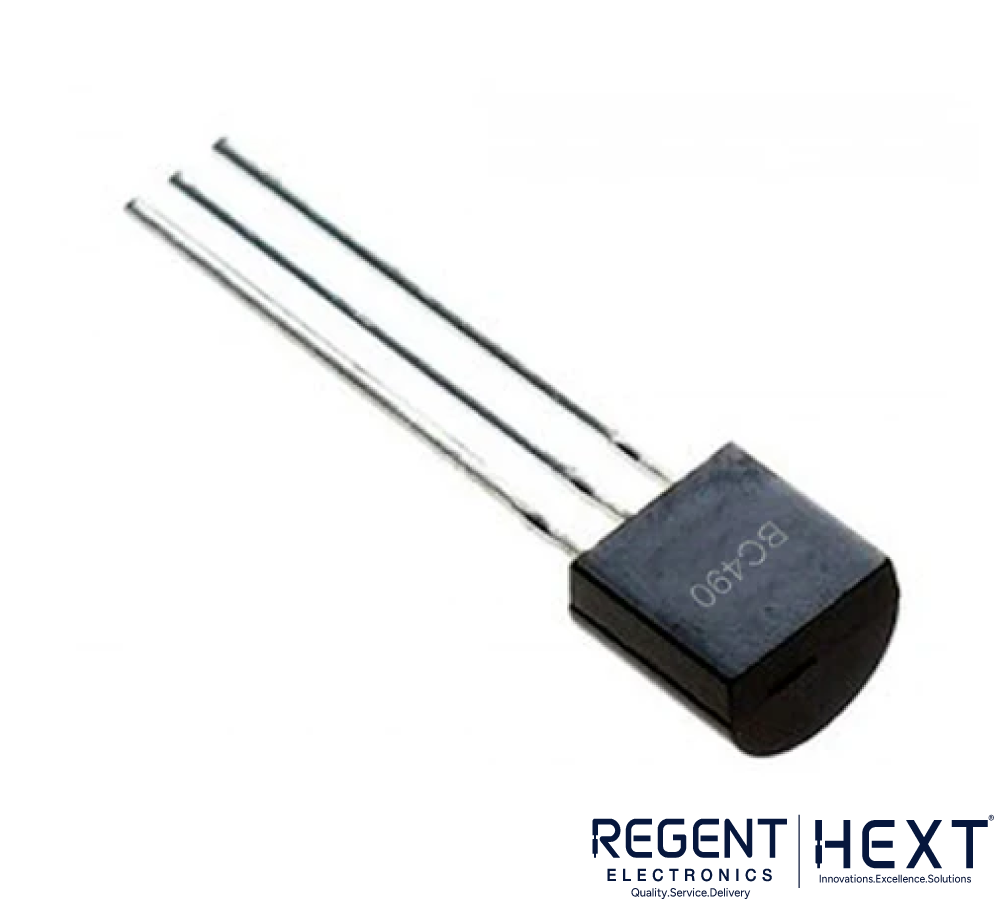
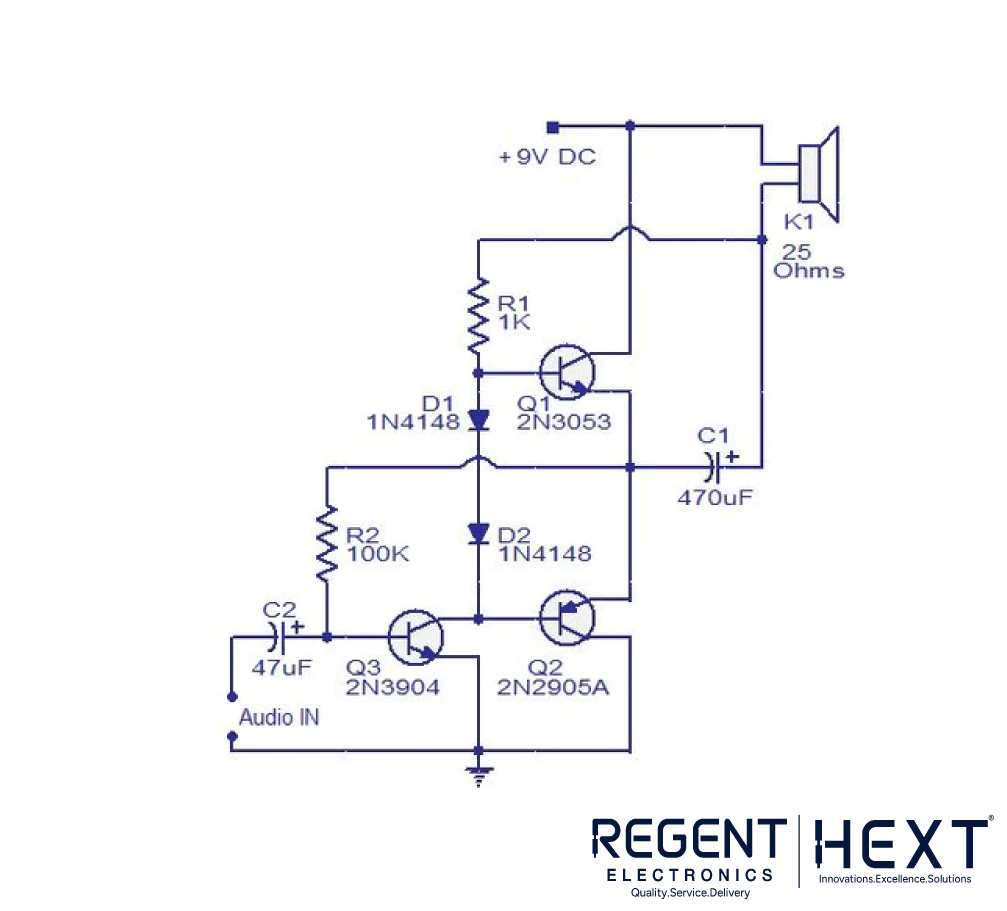
- BC638 (PNP Transistor)
The BC638 is a PNP transistor capable of handling a VCE of -60V and a collector current of 1A. This transistor is useful in moderately high-voltage switching applications such as power amplifier pre-stages. - BC488 (PNP Transistor)
The BC488 is another PNP transistor with a VCE of -60V and a collector current of 1A. It is well-suited for small-signal switching and basic amplification tasks, especially in low-power applications. - 2N4400 (NPN Transistor)
The 2N4400 is an NPN transistor capable of handling 100V VCE and 1A collector current. It is versatile and often used in DC-DC converters, small signal applications, and power amplifier pre-stages. - BC490 (PNP High Current Transistor)
The BC490 is a PNP transistor with a VCE of -80V and a collector current of 1A, suitable for high-current switching applications. - 2N3053 (NPN Transistor)
The 2N3053 is a NPN transistor designed for amplification and switching in medium to high-power circuits. It has a maximum collector current of 700mA and high power dissipation capacity. - 2N4402 (PNP Transistor)
The 2N4402 is a PNP transistor used in small signal amplification and switching. With a VCE of 40V and a collector current of 600mA, it is ideal for low-power control circuits and audio applications.

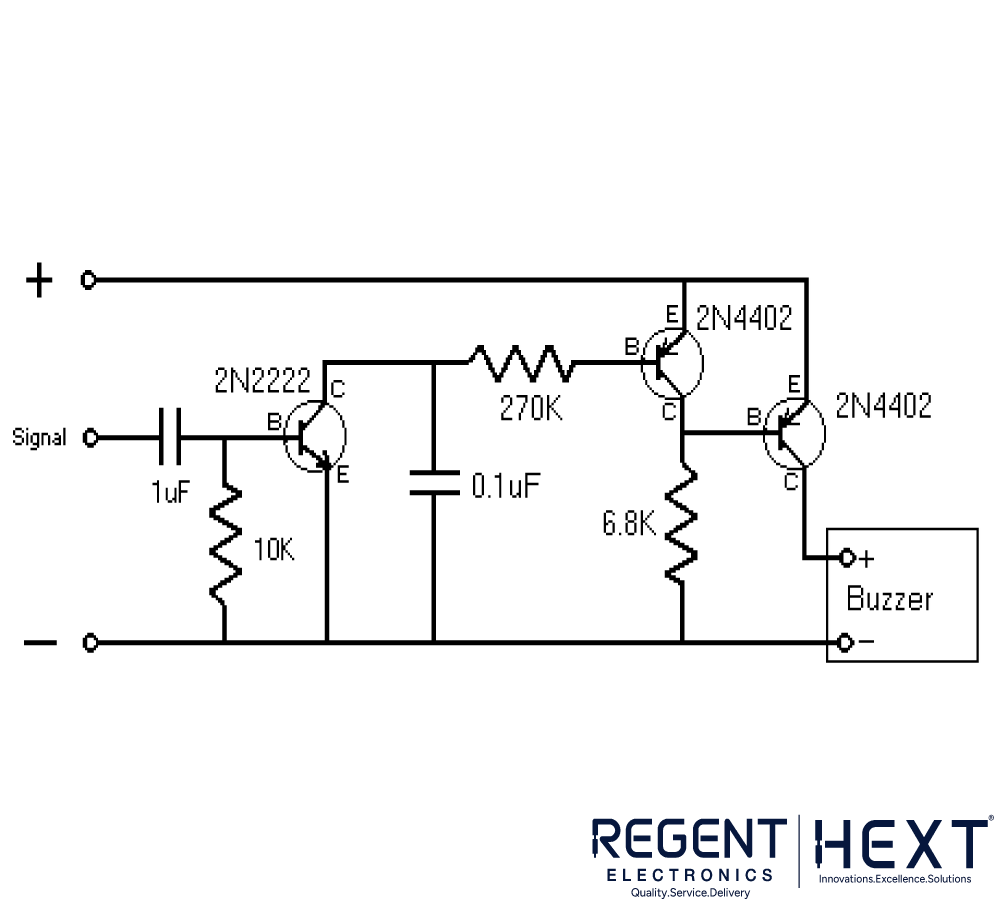
Understanding Transistor Parameters
Transistor performance is determined by several key parameters:
- DC Current Gain (hFE): This indicates the amplification capacity of a transistor. Higher values signify greater amplification.
- Collector-Emitter Voltage (VCE): This is the maximum voltage the transistor can handle between its collector and emitter terminals.
- Collector Current: The maximum current that the transistor can safely handle.
- Base-Emitter Voltage (VBE): The voltage required between the base and emitter for the transistor to turn on.
Transistor Use Cases:
- Signal Switching: General-purpose transistors like BC638 and BC488 are commonly used for switching signals, allowing low-power devices to control higher-power circuits.
- Amplification: Transistors such as 2N4400 and 2N3053 are used to amplify weak signals, boosting them to levels that can drive loads such as speakers or motors.
- Power Supply Regulation: Transistors in combination with other components like capacitors and resistors can be used in voltage regulation circuits to provide stable power supply for other electronic devices.
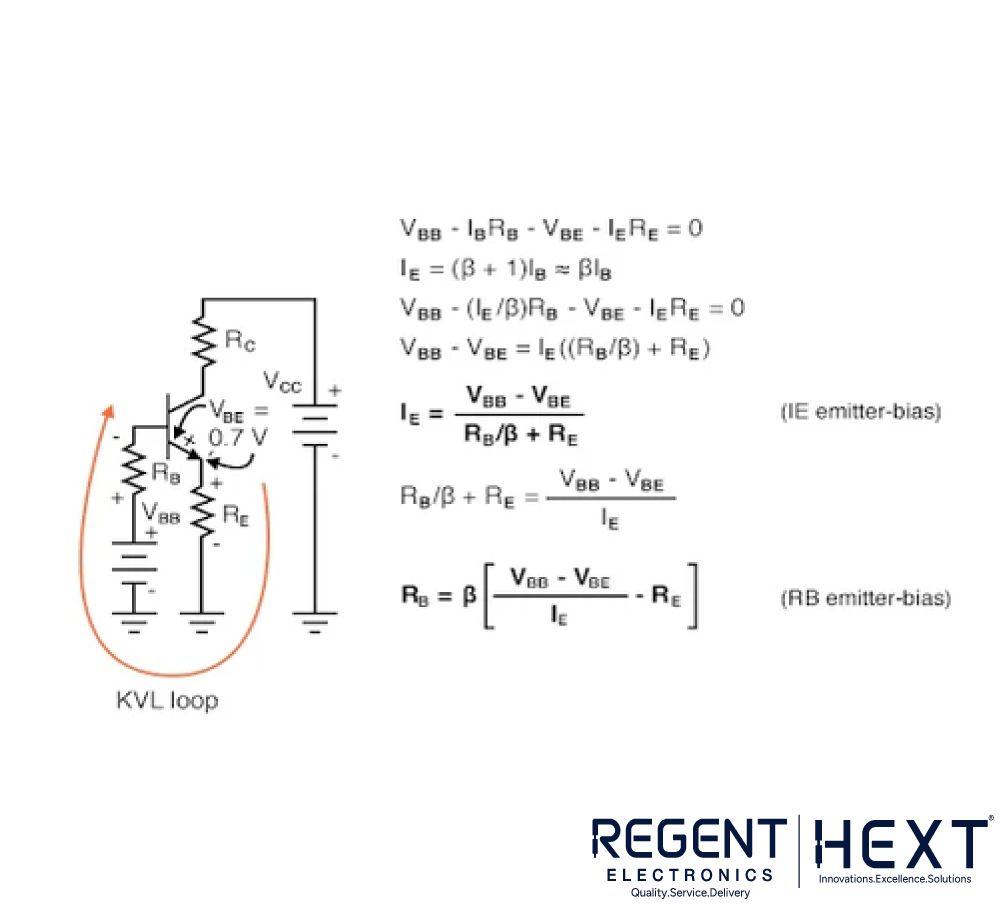
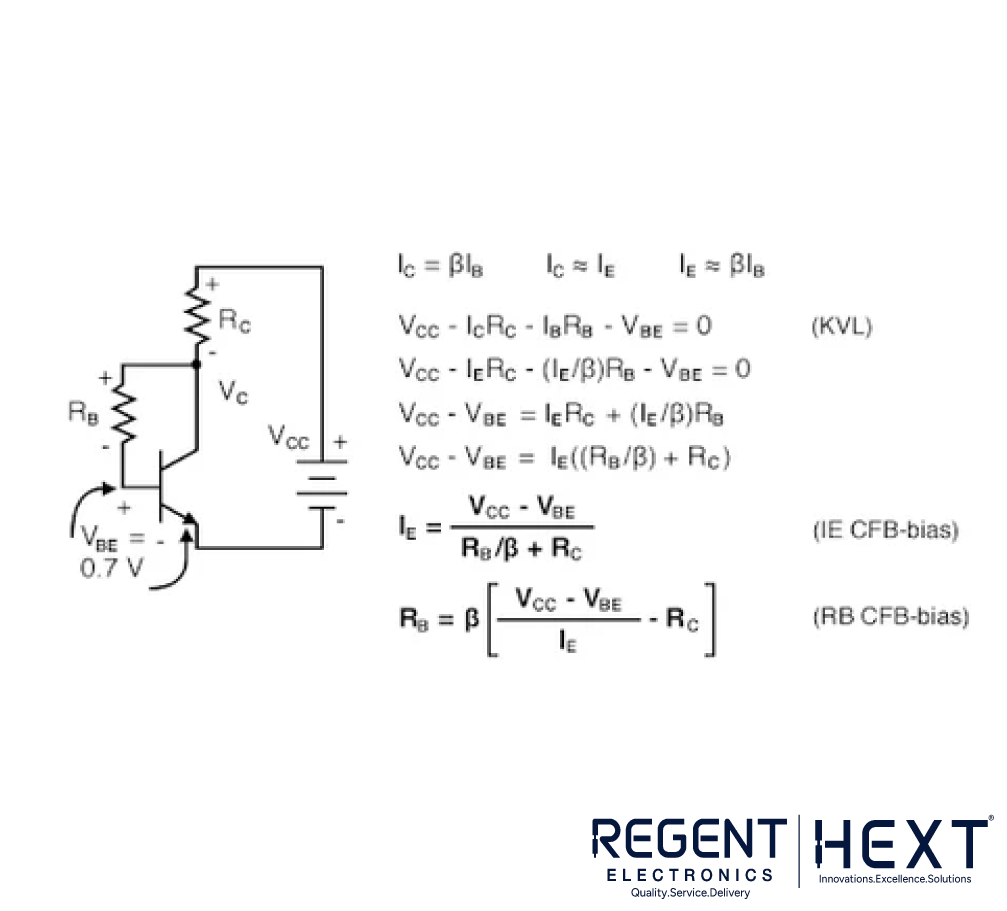
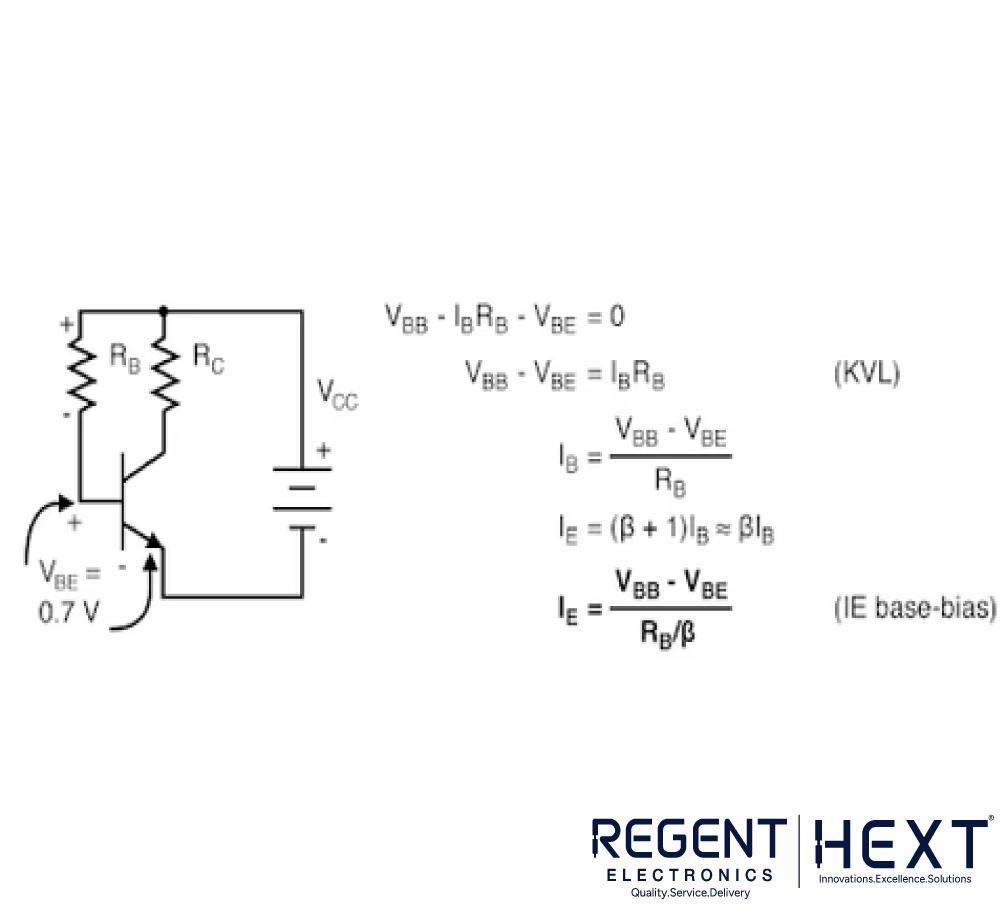
Why Choose General Purpose Transistors?
General-purpose transistors are inexpensive, widely available, and easy to integrate into electronic circuits. They are ideal for a broad range of applications, including low-power signal processing, switching, and amplification tasks. With their ability to handle a variety of voltage and current levels, they are essential for anyone working on electronics design, from hobbyists to engineers.
Conclusion
Whether you’re designing an audio amplifier, a switching circuit, or a power control system, general-purpose transistors like the BC638, 2N4400, and 2N3053 are versatile, reliable, and affordable components that provide excellent performance across a wide range of applications. At Regent Electronics, we offer a broad selection of high-quality transistors suitable for various projects and industries, helping you bring your electronic designs to life efficiently.
